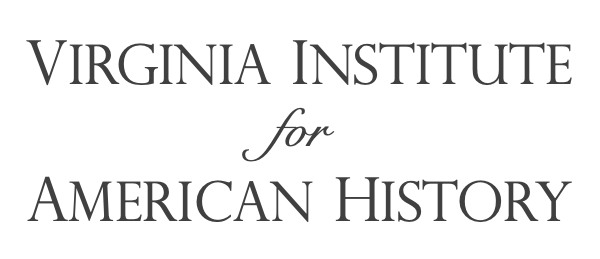The federal holiday celebrated the 3rd Monday of February each year is officially intended to honor George Washington’s Birthday. Washington’s Birthday has been a federal holiday since 1885. For more than 80 years it was celebrated on Washington’s actual birthday, Feb. 22nd. What changed? Following is a brief history of this important holiday:
“Presidents' Day is intended (for some) to honor all the American presidents, but most significantly George Washington and Abraham Lincoln. According to the Gregorian or "New Style" calendar that is most commonly used today, George Washington was born on February 22, 1732. But according to the Julian or "Old Style" calendar that was used in England until 1752, his birth date was February 11th. Back in the 1790s, Americans were split - some celebrated his birthday on February 11th and some on February 22nd.
When Abraham Lincoln became president and helped reshape our country, it was believed he, too, should have a special day of recognition. Tricky thing was that Lincoln’s birthday fell on February 12th. Prior to 1968, having two presidential birthdays so close together didn't seem to bother anyone. February 22nd was observed as a federal public holiday to honor the birthday of George Washington and February 12th was observed as a public holiday to honor Abraham Lincoln’s birthday.
In 1968, things changed when the 90th Congress was determined to create a uniform system of federal Monday holidays. They voted to shift the existing holidays (including Washington's Birthday) to Mondays. The law took effect in 1971, and as a result, Washington's Birthday holiday was changed to the third Monday in February. But not all Americans were happy with the new law. There was some concern that Washington's identity would be lost since the third Monday in February would never fall on his actual birthday. There was also an attempt to rename the public holiday "Presidents' Day", but the idea didn't go anywhere since some believed not all presidents deserved a special recognition.
Even though Congress had created a uniform federal holiday law, there was not a uniform holiday title agreement among the individual states. Some states, like California, Idaho, Tennessee and Texas chose not to retain the federal holiday title and renamed their state holiday "President's Day." From that point forward, the term “Presidents' Day” became a marketing phenomenon, as advertisers sought to capitalize on the opportunity for three-day or week-long sales.
In 1999, bills were introduced in both the U.S. House (HR-1363) and Senate (S-978) to specify that the legal public holiday once referred to as Washington's Birthday be "officially" called by that name once again. Both bills died in committees.
Today, President’s Day is well accepted and celebrated. Some communities still observe the original holidays of Washington and Lincoln, and many parks actually stage reenactments and pageants in their honor. The National Park Service also features a number of historic sites and memorials to honor the lives of these two presidents, as well as other important leaders.” (1)
Despite the commercial and colloquial use of the term “President’s Day,” hopefully, we as a nation will choose to continue to celebrate and remember the life and legacy of the Father of our Nation, George Washington. An excellent way to do so was commended to all citizens by Abraham Lincoln in a Presidential Proclamation on February 19, 1862:
"It is recommended to the people of the United States that they assemble in their
customary places of meeting for public solemnities on the twenty-second day of February instant, and celebrate the anniversary of the birth of the Father of His Country by causing to be read to them his immortal
Farewell Address.” (2)
May all students and citizens, young and old, regularly read and ponder Washington's Farewell Address, and may we teach our children and posterity to always remember and honor our nation’s Founding Father.
J. David Gowdy, President
The Washington, Jefferson & Madison Institute
______________________________________

.jpg)





